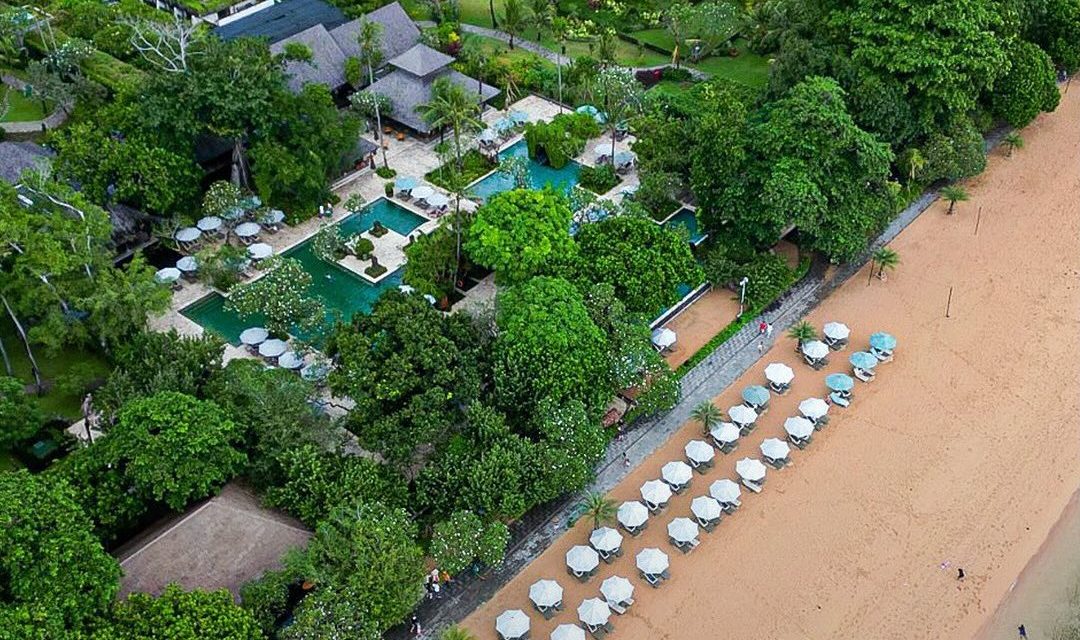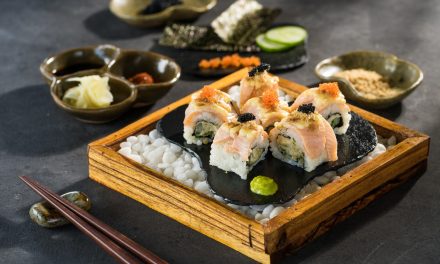Kuta, a bustling beach town on the island of Bali, is often recognized for its vibrant nightlife and surf-friendly waves. Yet, beneath the surface of this popular tourist destination lies a rich tapestry of local traditions and cultural experiences that are simply waiting to be explored. As someone who has spent quite a bit of time in Kuta, I can attest that embracing these cultural elements not only enhances your trip but also provides a genuine insight into the heart and soul of Bali. Let me take you through some of the most memorable cultural experiences you can find in Kuta that showcase its local traditions.
The Warm Embrace of Balinese Greetings
One of the first things you’ll notice when you arrive in Kuta is the warm and welcoming nature of the Balinese people. A simple Salam Sejahtera (peaceful greetings) accompanied by a sincere smile is a common way to acknowledge one another. On my first day in Kuta, I was slightly taken aback by the friendliness of a local vendor selling sarongs at a small market. She greeted me with such enthusiasm that I felt a spark of joy instantly. This was not just a formality; it was an invitation to connect.
Practical Tip:
When interacting with locals, don’t hesitate to use basic Balinese or Indonesian greetings. It’s a small gesture that goes a long way in building rapport.
Traditional Balinese Ceremonies
If you find yourself in Kuta during a temple ceremony or festival, consider yourself fortunate. The Balinese calendar is filled with colorful ceremonies that are deeply rooted in spirituality and community. I vividly recall stumbling upon a Ngaben (cremation ceremony) in a neighboring village. The atmosphere was electric with music, ornate offerings, and captivating traditional dances.
Anecdote:
I decided to attend the ceremony with a local friend I had met earlier. Watching the villagers dressed in delicate traditional clothing, parading with elaborately decorated offerings, was mesmerizing. There was laughter amid the solemnity, as families gathered to pay their last respects to their loved ones. As an outsider, I felt privileged to witness such a profound part of Balinese culture, highlighting their rich beliefs in life and the afterlife.
Insight:
Always approach these ceremonies with respect and understanding. Remember, you are a guest in their sacred space.
Cooking Classes: The Heart of Balinese Cuisine
One of the best ways to immerse yourself in Kuta’s culture is through its food. Balinese cuisine is a reflection of its diverse influences, and there’s nothing better than learning how to prepare traditional dishes. I enrolled in a local cooking class where we harvested fresh ingredients from a nearby garden and transformed them into a mouthwatering feast.
Relatable Scenario:
Imagine yourself grinding spices with a mortar and pestle, surrounded by laughter and the inviting aroma of lemongrass and chili. Not only did I learn valuable cooking techniques, but I also understood the symbolism behind each ingredient used in Balinese cooking—like how turmeric represents purity and faith.
Practical Advice:
Seek out cooking classes that support local families or women’s cooperatives. This way, your experience will contribute to the community’s sustainable practices.
Traditional Dance Performances
Dance is an integral part of Balinese culture, serving as both entertainment and storytelling. While in Kuta, I had the chance to witness a Kecak Dance performance at the Uluwatu Temple. The mesmerizing blend of chanting, dynamic movements, and theatrical storytelling is unlike anything I had seen before.
Unique Insight:
The Kecak Dance, also known as the Monkey Dance, uses no musical instruments—only the powerful voices of the male performers chanting cak in a mesmerizing rhythm. When the flames of the backdrop lit up the stage, it created an ethereal atmosphere that enveloped the entire experience.
Scientific Approach:
If you’re curious about learning a few traditional dance steps, some local dance studios offer short lessons. Participating in a class can be a lighthearted and educational way to connect with the culture.
Art Markets: A Treasure Trove of Local Craftsmanship
Kuta’s art markets are bursting with vibrant handicrafts and artworks that reflect the island’s culture. From intricate wood carvings to colorful paintings, these markets offer a window into the artistic souls of the Balinese people. I stumbled upon the Kuta Art Market one sunny afternoon and was thrilled by the array of handmade souvenirs.
Practical Tip:
Always bargain politely at market stalls. It’s part of the experience! I remember haggling for a beautiful hand-carved mask. The vendor and I shared laughs over my (rather terrible) bargaining skills, and in the end, I walked away with both a mask and a memorable story.
Conclusion: Embrace the Kuta Experience
Visiting Kuta doesn’t have to be just about sunbathing on the beach or nightlife adventures. By engaging in the cultural experiences that showcase local traditions, you can step into the authentic narrative of Bali. Whether attending ceremonies, learning how to cook traditional dishes, or simply conversing with locals, every interaction adds depth to your travel experience.So next time you’re in Kuta, embrace the warmth of the locals, taste the spices of their cuisine, and let the vibrant culture dance around you. Trust me; you won’t just visit Bali; you’ll experience it. Happy travels!






